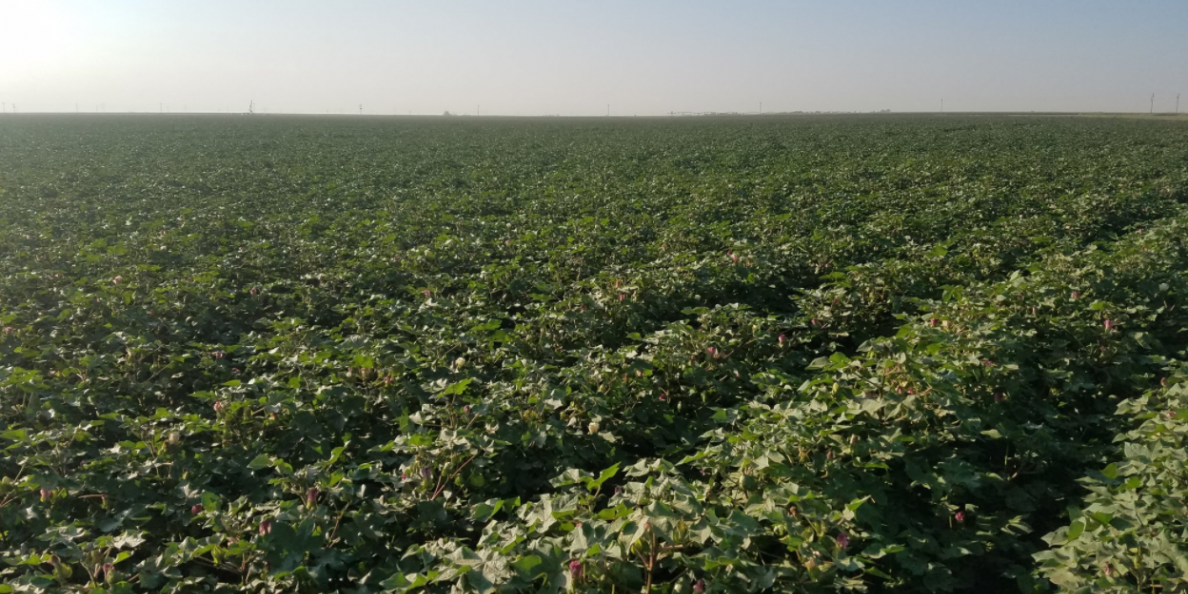Cotton producers: Take advantage of any other pre-harvest rallies above your costs of production to price or hedge expected, unsold bales
While the trading volumes in Intercontinental Exchange (ICE) futures do reflect normal lackluster summer trading, the price levels and volatility are anything but boring. The USDA July supply/demand tinkering is one of the reasons.
Historical revisions to Chinese cotton supply and demand numbers were overly influential in the month-over-month changes to the foreign and world old crop/new crop balance sheets.
The USDA apparently had reviewed a number of indicators and concluded that things were tighter there than previously thought. So, they raised Chinese consumption by 500,000 bales in 2014/15 and 1.0 million bales in each of the subsequent years through 2018/19. They described the adjustments as “modest changes,” but they had relatively large effects on world beginning and ending stocks of the old and new crop balance sheets.
The USDA July revisions of 2017/18 world cotton supply and demand thus involved a major tightening of foreign supplies and ending stocks, month-over-month. The dominant source of change was a 2.5 million bale decrease in Chinese carry-in to the 2017/18 balance sheet.
ENDING STOCKS DECLINE
Other major month-over-month changes included increased production in India (+500,000 bales) and Brazil (+300,000 bales), as well as the aforementioned 1 million bale increase in Chinese consumption. The net effect of all that was that a 3.25 million bale decline in world ending stocks, month-over-month, would be price-supporting, according to economic theory and history.
The new crop foreign cotton supply and demand picture likewise showed a major tightening of foreign supplies and ending stocks, month-over-month. The Chinese adjustments were again the major reason, with a 3.3 million bale decrease in Chinese carry-in, and a 1 million bale increase in Chinese consumption. Foreign consumption was raised 600,000 bales outside of China, too.
Major month-over-month changes in foreign new crop production partially offset a cut in U.S. new crop production. The bottom line of all this was a 5.18 million bale month-over-month decline in world ending stocks, which would be strongly price-supporting according to economic theory and history.
The July revisions to 2017/18 U.S. cotton involved yet another month-over-month increase (+200,000 bales) in U.S. exports. This comes after previous increases in June (+500,000 bales), May (+500,000 bales), April (+200,000 bales), and March (+300,000 bales). With no other changes to the U.S. balance sheet, the bottom line was a month-over-month downward adjustment from 4.2 million to 4.0 million bales of ending stocks. The July revisions to 2018/19 U.S. cotton involved the 200,000 bale cut in carry-in, a 1,000,000 bale cut in production, and a partially offsetting 500,000 bale cut in projected U.S. exports.
GREATER SOUTHWEST ABANDONMENT
The new crop production adjustment resulted from replacing the Mar 29 planted acreage with the slightly higher June 29 number. This should have marginally increased production, but the USDA increased their projected abandonment in the Southwest region. Combined with a slightly higher yield per harvested acre, the result was a nice round number cut of 1.0 million acres, month-over-month. (In August, the picture will begin to get messier when USDA replaces historical averages with actual observations of yield and abandonment.)
The bottom line was a month-over-month downward adjustment from 4.7 million bales to 4.0 million bales of ending stocks. This adjustment would have bullish implications, according to historical patterns.
Πηγή: Southwest Farmpress



